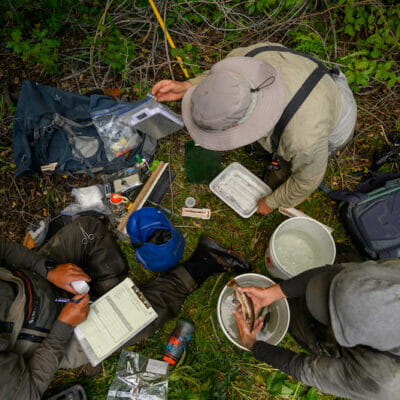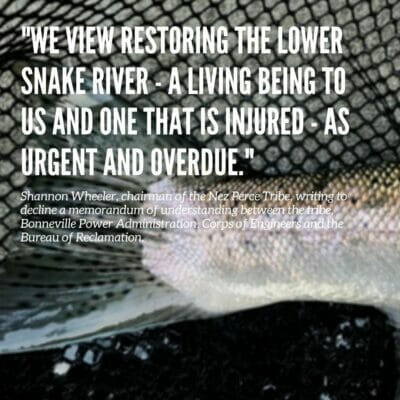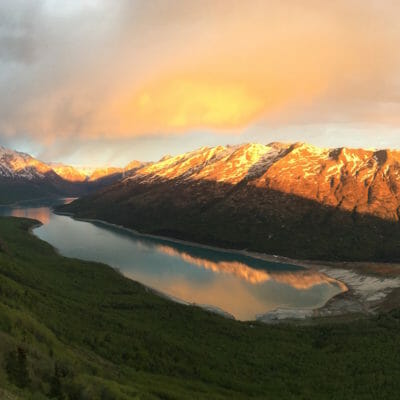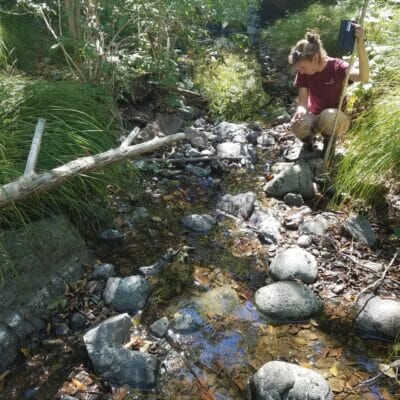“Science is a part of everything we do at Trout Unlimited. We want to spend some time this week sharing with the world the many ways science makes us smarter and better advocates for conservation,” said Chris Wood.
By Morgan Stum Trout Unlimited is working with Frostburg State University’s AmeriCorps program to restore brook trout habitat in headwater streams in western Maryland. On Oct. 3, 2020, nine members of Frostburg State’s ECHOSTARS program joined conservation staff from TU’s Western Maryland Initiative to plant 100 potted trees alongside a small Savage River headwater. ECHOSTARS is an acronym for Empowering Communities, Helping Others, Service Through Action, Resources and Sustainability. The group is a university division of AmeriCorps where, through volunteerism in local…
The final sign-off of a plan that would maintain the status quo for the Lower Snake River was no surprise last week. However, a letter from the Nez Perce Tribe declining a memorandum of understanding between the tribe, the Bonneville Power Administration, Corps of Engineers and the Bureau of Reclamation reminded us what strong leadership…
While you and your family think through fall outings, we would like to encourage you to take a trip to the Eklutna River valley – we created a family field trip for the Eklutna River watershed so that your family can learn while exploring the area
By Chris Collier In August, TU worked with our partners in northeast Wisconsin to remove a remnant logging dam in the North Branch Oconto River. This is the second of three dams TU and our partners will remove on the river in Wabeno, Wisc. The dam was originally installed more 100 years ago to help…
One of the fundamental precepts of science is that, to understand a phenomenon or a system, it is necessary to observe change over time, the rate of change, and the influence of causal factors. In other words, to monitor and measure. Yet frequently resource managers are stretched too thin to do consistent monitoring of salmonid…
by Mark Taylor | September 10, 2020 | Conservation
Joe Liesman and Chris Pullano recently joined the Trout Unlimited staff for six-month stints as technicians in the Upper Delaware River basin. We recently caught up with the two avid conservationists and anglers to see how things have been going. Q: Talk a little about your backgrounds. Where did you grow up and what got you interested…








